What design shortcoming? The new Pros are pretty damn cool, IMO. I've got a 14" and I love the thing, especially the design. Very retro-modern.If Apple can survive the butterfly keyboard and eliminating all ports besides thunderbolts, I think it will survive a design shortcoming or two
Got a tip for us?
Let us know
Become a MacRumors Supporter for $50/year with no ads, ability to filter front page stories, and private forums.
14-Inch vs. 16-Inch MacBook Pro Buyer's Guide 2024
- Thread starter MacRumors
- Start date
- Sort by reaction score
You are using an out of date browser. It may not display this or other websites correctly.
You should upgrade or use an alternative browser.
You should upgrade or use an alternative browser.
After 3 weeks of ownership of a 16”: it’s heavy and clunky. Very difficult to use it on the lap, much more so than my previous 16” Intel MacBook Pro.What design shortcoming? The new Pros are pretty damn cool, IMO. I've got a 14" and I love the thing, especially the design. Very retro-modern.
Thank for the solid comparison. I happen to be one of those that need all the power I can get.
In late 2021, Apple announced a major update for its high-end MacBook Pro models, with the new machines featuring a complete redesign, the M1 Pro and M1 Max chips, larger mini-LED displays with ProMotion, an HDMI port and SD card slot, full-sized function keys, and more.
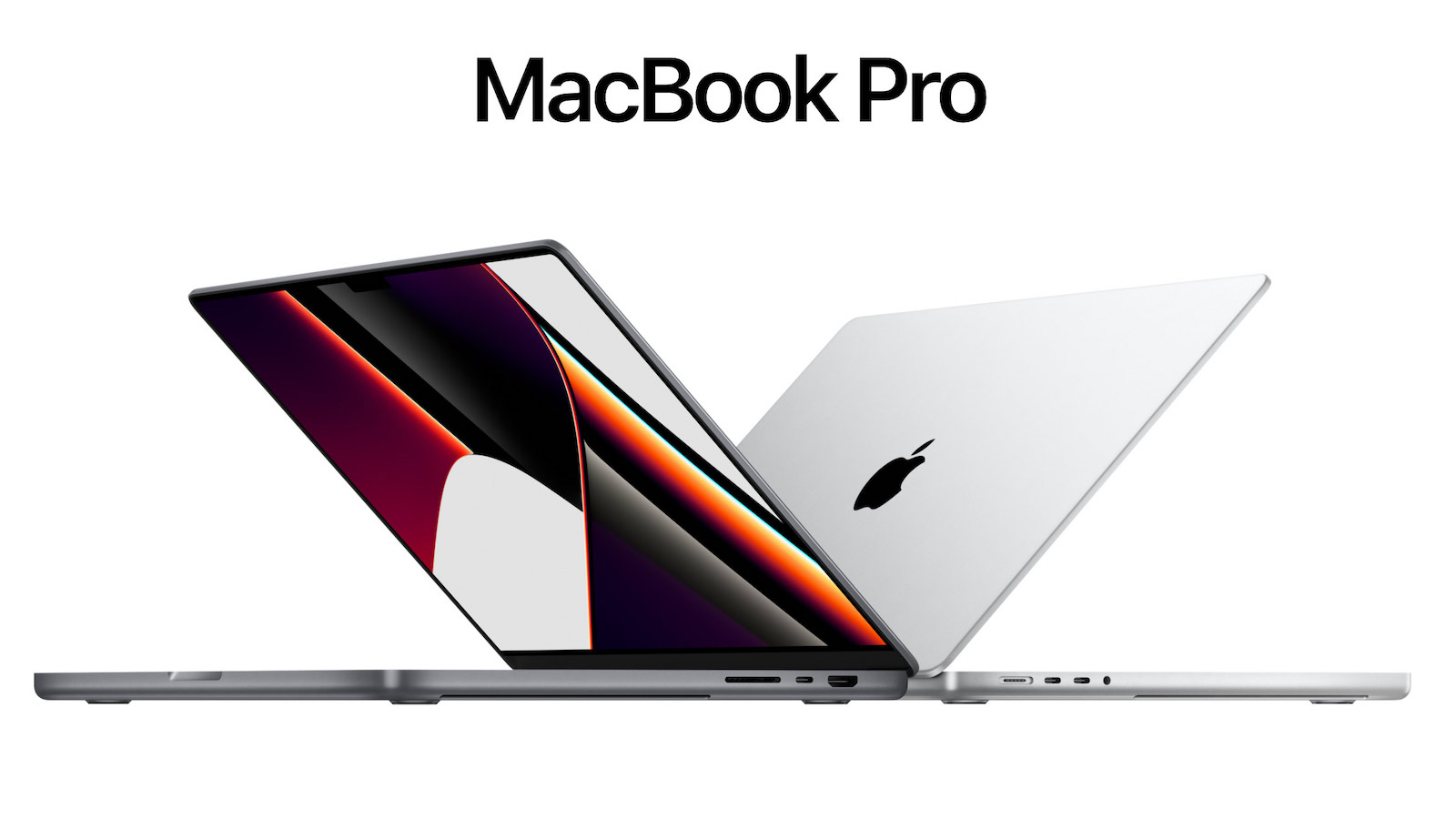
The redesigned MacBook Pro is available in all-new 14-inch and 16-inch sizes. Despite both being high-end models, the 14- and 16-inch models do have some different design aspects, features, and capabilities, so should you consider purchasing the smaller MacBook Pro, which starts at $1,999, or do you need the larger MacBook Pro, which costs at least $500 more? Our guide helps to answer the question of how to decide which of these two high-end MacBook Pro models is best for you.
Comparing the 14-Inch MacBook Pro and 16-Inch MacBook Pro
The 14-inch and 16-inch MacBook Pro models share almost all of their key features, such as display technology, chip configurations, and connectivity options. Apple lists these same features of the two machines:
Similarities
- Mini-LED Liquid Retina XDR display with up to 1,000 nits sustained brightness, 1,600 nits peak brightness, P3 wide color, True Tone, and ProMotion
- Options for the M1 Pro or M1 Max chip with up to 10-core CPU and 32-core GPU
- Up to 64GB of unified memory
- Up to 8TB of storage
- Touch ID
- 1080p FaceTime HD camera
- High-fidelity six-speaker sound system with force-canceling woofers, wide stereo sound, and spatial audio support
- Studio-quality three-mic array with high signal-to-noise ratio and directional beamforming
- Three Thunderbolt 4 ports
- HDMI port
- SDXC card slot
- 3.5mm headphone jack with support for high-impedance headphones
- 802.11ax Wi-Fi 6 and Bluetooth 5.0
- Available in Silver and Space Gray
Apple's breakdown shows that the two MacBooks share most of their important features, but there are still some meaningful differences between the 14-inch MacBook Pro and 16-inch MacBook Pro that are worth highlighting, including display size, High Power Mode, thickness, weight, battery size, and power adapter.
Differences
14-Inch MacBook Pro
- 14.2-inch display
- Configurations start with M1 Pro with 8-core CPU and 14-core GPU
- 0.61 inches thick (1.55 cm)
- Weighs 3.5 pounds (1.6 kg)
- Integrated 70-watt-hour lithium-polymer battery
- 17 hours of battery life when playing back video
- Fast charging over MagSafe 3 or Thunderbolt 4
- 67W USB-C Power Adapter (with M1 Pro with 8-core CPU)
- 96W USB-C Power Adapter (with M1 Pro with 10-core CPU or M1 Max, configurable with M1 Pro with 8-core CPU)
- Starts at $1,999
16-Inch MacBook Pro
- 16.2-inch display
- Configurations start with M1 Pro with 10-core CPU and 16-core GPU
- High Power Mode to boost M1 Max performance
- 0.66 inches thick (1.68 cm)
- Weighs 4.7 pounds (2.1 kg)
- Integrated 100-watt-hour lithium-polymer battery
- 21 hours of battery life when playing back video
- Fast charging over MagSafe 3 only
- 140W USB-C Power Adapter
- Starts at $2,499
Display Sizes
The most obvious difference between the two MacBook Pro models is display size. The exact display sizes are 14.2-inches and 16.2-inches.
The 16.2-inch display will be a better replacement for a desktop machine and provide much more screen space to arrange multiple windows and use professional applications that benefit from the additional display area. The 14.2-inch display is still larger than the 13.3-inch MacBook Air and MacBook Pro models from recent years, and will likely be the best overall balance of needs for most users.
While the notch containing the webcam does eat into the display space very slightly, both displays are larger than previous MacBook Pro models, so there is still more display area overall. In addition, the display area below the notch has an aspect ratio of exactly 16:10, just like previous MacBook Pro models, to ensure that the notch does not impede normal display views or watching media. On this basis, if you are concerned about the notch, you should not necessarily feel obliged to get the larger, 16-inch MacBook Pro. That being said, since the notch is the same size on both models, it may be slightly less noticeable on the 16-inch model.
Design
The 16-inch model is, of course, physically larger than the 14-inch model, with a markedly bigger overall footprint. It is also worth noting that the 16-inch model is also 0.13 cm thicker and 1.2 pounds (0.5 kg) heavier.
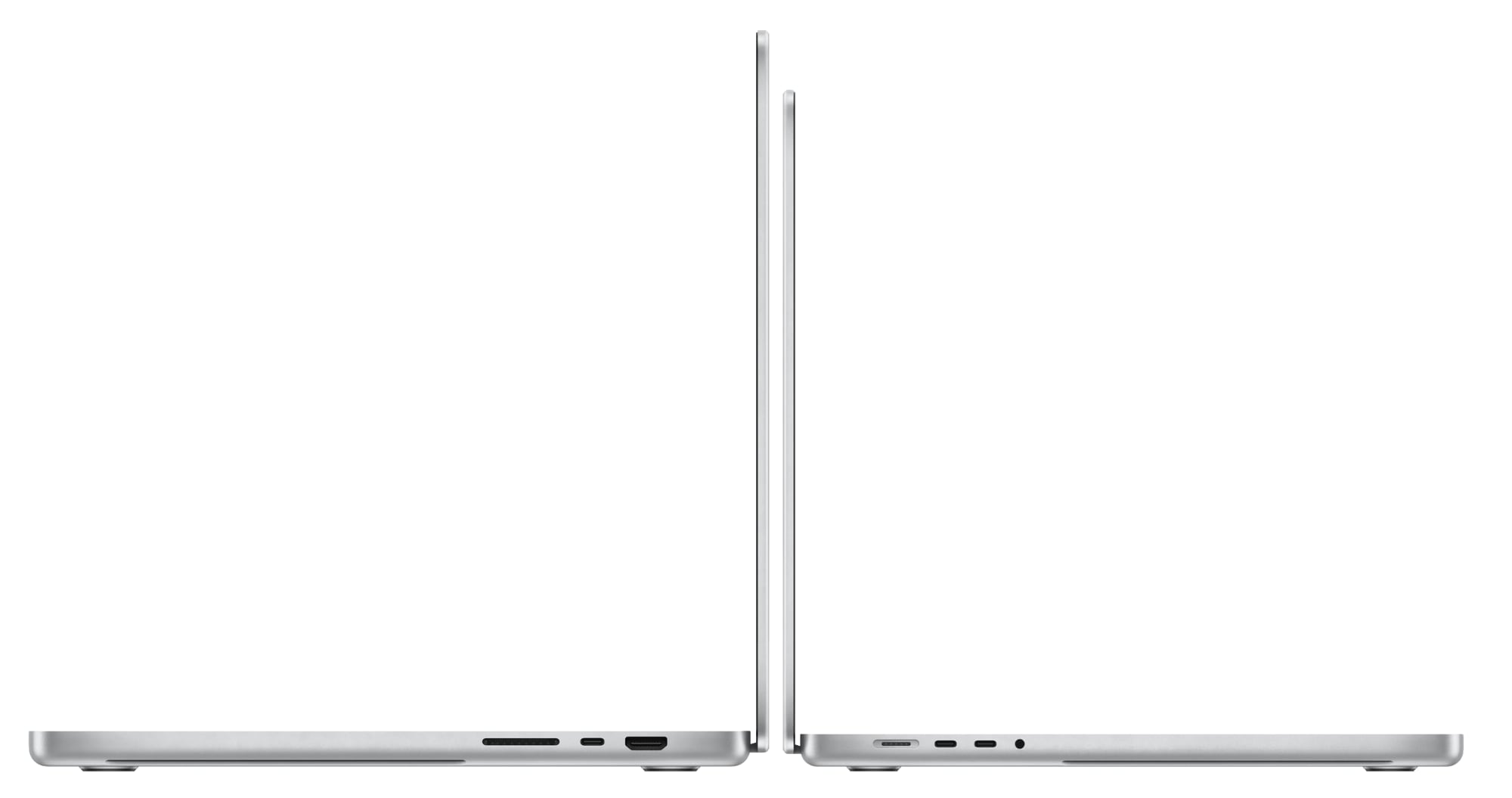
The 14-inch MacBook Pro will be more portable and comfortable than the 16-inch model to carry around on a daily basis. Though the 16-inch MacBook Pro will still fit in larger bags and be acceptable during slightly more infrequent travel, it is a much larger, heavier machine. If you are considering the 16-inch MacBook Pro, you should make sure you are comfortable with its greater size and weight.
M1 Pro Configurations
Both the 14-inch and 16-inch models are equally upgradeable to the M1 Max chip with a 10-core CPU and 32-core GPU, but if you are looking to spend as little as possible or do not need extra performance, it is worth noting the difference between the chips of the base configurations.
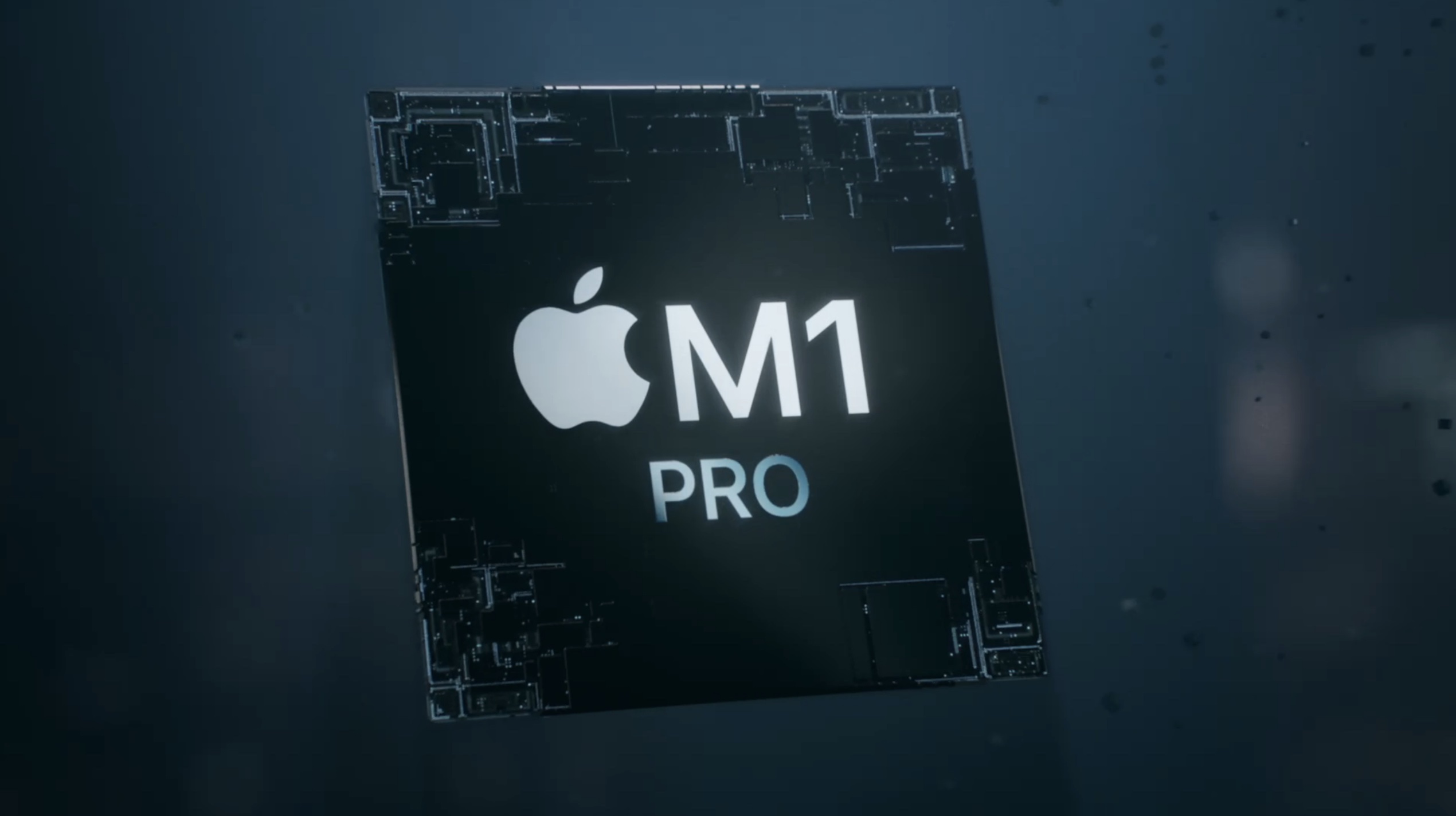
The base configuration of the 14-inch MacBook Pro features an M1 Pro with 8-core CPU and 14-core GPU, while the base 16-inch model contains an M1 Pro with a 10-core CPU and 16-core GPU. If you upgrade the 14-inch model to the same M1 Pro with 10-core CPU and 16-core GPU that the 16-inch model starts with, it increases to $2,299 – just $200 less than the starting price of the 16-inch model.
For those who are leaning toward buying the 16-inch MacBook Pro and need the M1 Pro with a 10-core CPU and 16-core GPU at a minimum, the reduction of the price difference between the two models to just $200 may make it easier to justify getting the larger machine.
On the other hand, if you do not need the performance of the M1 Pro with a 10-core CPU and 16-core GPU, the 16-inch model may be overkill, and getting the 14-inch model will be the best way to curb the price under these circumstances.
High Power Mode
The 16-inch MacBook Pro with the M1 Max chip offers a software feature called High Power Mode. When enabled, High Power Mode boosts the machine's performance for intensive, sustained workloads.
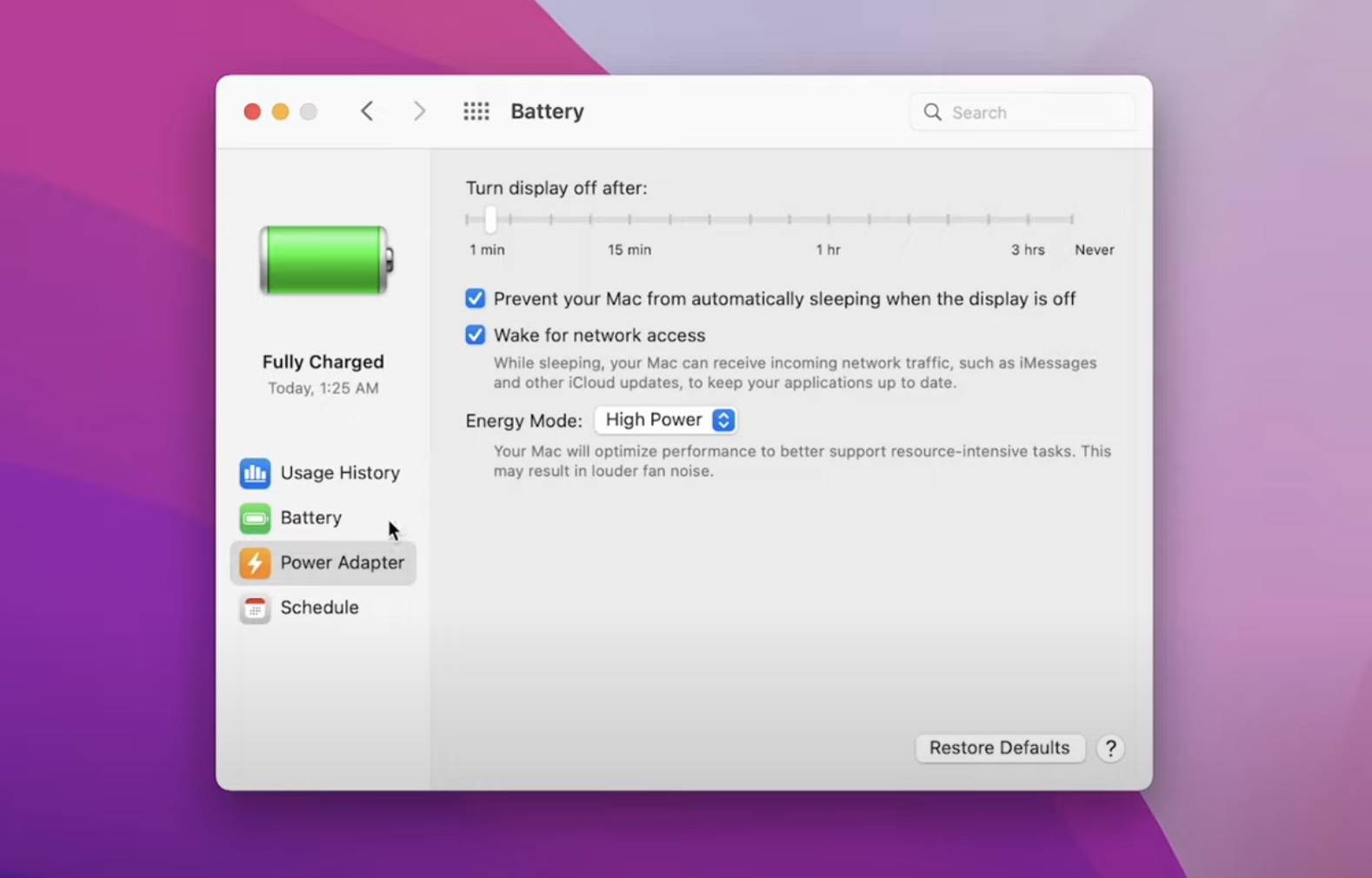
High Power Mode is designed to optimize performance to better support resource-intensive tasks, such as color grading 8K ProRes video, according to Apple. When enabled, High Power Mode will de-prioritize resource-hungry system processes in order to leverage the full performance capability of the M1 Max processor. The setting is effectively the opposite of "Low Power Mode," which aims to decrease system performance in favor of prolonging battery life.
The 14-inch MacBook Pro does not feature High Power Mode, so if you want the ability to selectively push the M1 Max chip to its limits, you will need to buy the 16-inch model.
Battery Life
Owing to its larger size, the 16-inch MacBook Pro contains a larger battery and has longer-lasting battery life. The 14-inch model contains a 70-watt-hour battery, while the 16-inch model contains a 100-watt-hour battery.
In terms of battery life, Apple says that the 14-inch MacBook Pro can deliver up to 17 hours of battery life when playing back video. The 16-inch model adds four hours for 21-hour battery life when playing back video. For maximum battery life, the 16-inch model will clearly be better, but the 14-inch model's 17-hour battery life is still very good and seven hours longer than the model it replaces.
Charging
The 14-inch MacBook Pro uses a 67W or 96W USB-C power adapter, while the 16-inch model uses a 140W power adapter. Both MacBook Pro models are capable of fast charging.
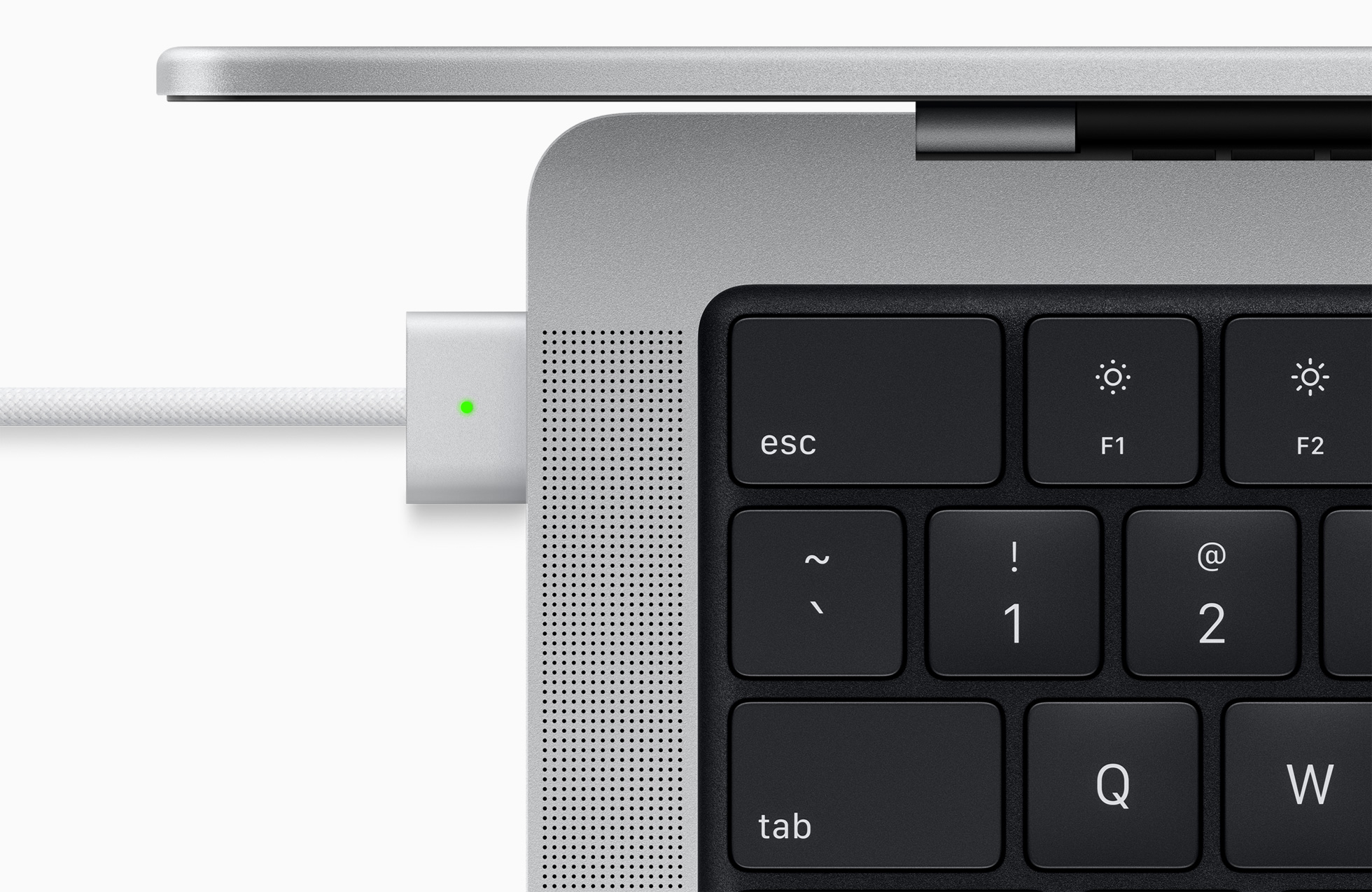
Both models can use the MagSafe 3 port to fast charge, but it is also possible to fast charge the 14-inch model using one of its USB-C/Thunderbolt 4 ports. If you require the flexibility of being able to fast charge via USB-C, you will need to buy the 14-inch model to have this functionality.
Other MacBook Options
If you are looking for an Apple silicon MacBook Pro, but the latest M1 Pro and M1 Max models are out of your price range, there is the M1 MacBook Pro, which starts at $1,299. This is $700 cheaper than the 14-inch MacBook Pro, and is a good option for users who want a machine that is more capable than the MacBook Air, but something more affordable than the high-end MacBook Pro.
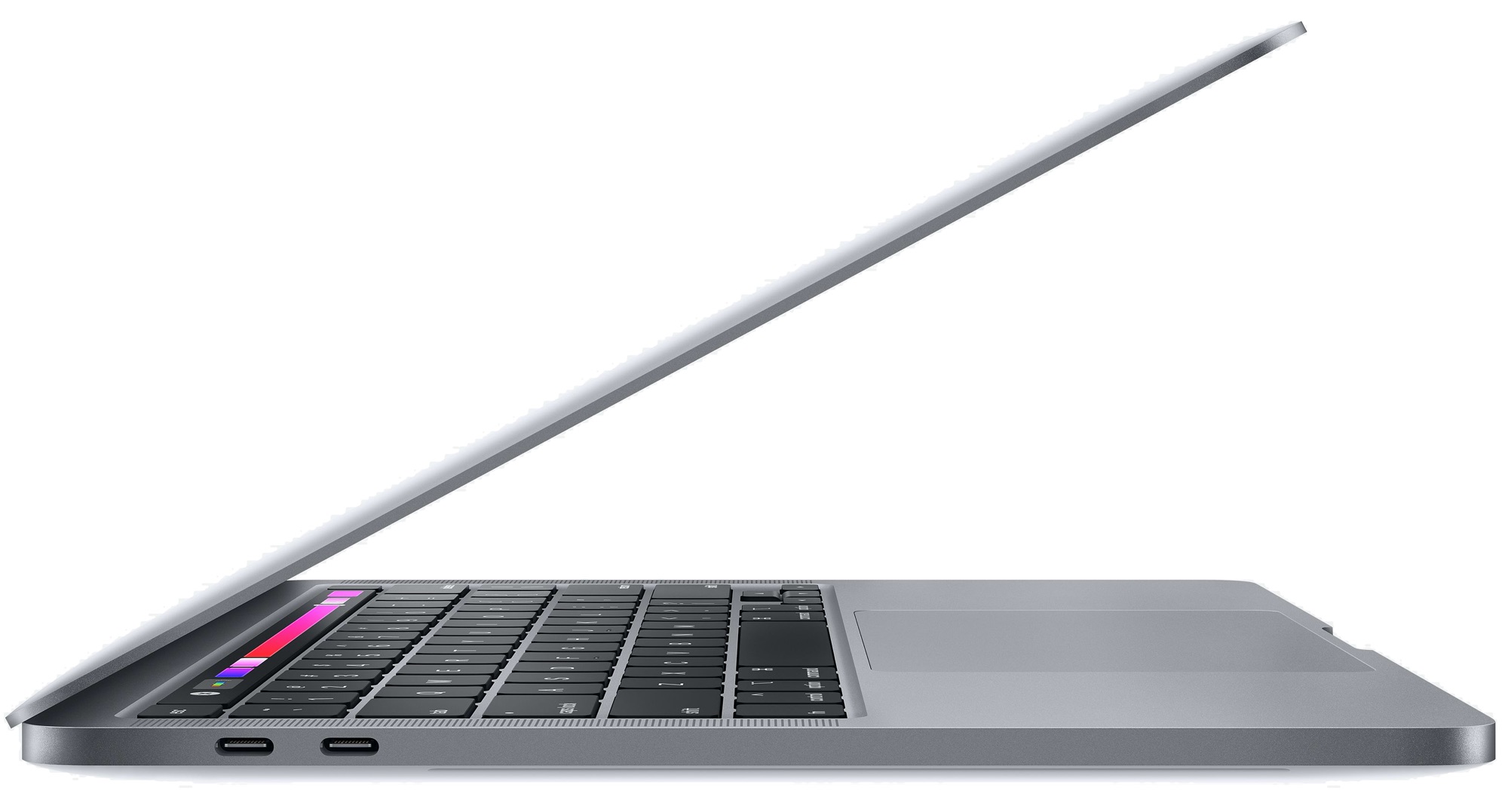
The M1 MacBook Pro is an entry-level model, featuring a 13.3-inch display, Touch ID, two Thunderbolt 4 ports, the Touch Bar, and a 720p webcam. It is a more consumer-oriented and less capable machine compared to the high-end MacBook Pro, but is more than adequate for most users.
There is also the M1 MacBook Air, which sports the same processor as the M1 MacBook Pro, a 13.3-inch display, Touch ID, and ports, as well as most other hardware features, and starts at $999. For casual users, this means that the additional $300 to upgrade to a MacBook Pro may be difficult to justify.
- Apple M1 MacBook Air vs. M1 MacBook Pro Buyer's Guide
- Apple M1 MacBook Pro vs. Intel MacBook Pro (13-Inch) Buyer's Guide
M1 MacBook Pro still has a number of improvements over the MacBook Air, offering slightly better performance, a brighter display, the Touch Bar, improved microphone and speaker quality, two extra hours of battery life, and an active cooling system. If you want slightly better performance than the M1 MacBook Air, as well as better battery life, display brightness, and speaker and microphone quality, the MacBook Pro is the better option.
Likewise, users who intend to perform a lot of graphics-based tasks should skip the MacBook Air entirely and buy the M1 MacBook Pro because the eight-core GPU MacBook Air configuration is only $50 less than the MacBook Pro, but this is only the case if you don't need more than 256GB of storage, because a storage upgrade would further push up the MacBook Pro's price.
Final Thoughts
The 16-inch MacBook Pro is $500 more than the 14-inch model, so you should be sure that you need the additional display area, battery life, and High Power Mode capability to justify this. That being said, if you upgrade the 14-inch model to the same M1 Pro with 10-core CPU and 16-core GPU that the 16-inch model starts with, the price difference shrinks to $200.
- 13-Inch MacBook Pro vs. 14- and 16-Inch MacBook Pro Buyer's Guide
- M1 Pro vs. M1 Max Buyer's Guide
- 16GB vs. 32GB MacBook Pro: How Much is Enough?
Buyers of the 16-inch model should be aware that it is considerably larger, thicker, and heavier than the 14-inch model. The 16-inch model may also provide slightly better performance than the 14-inch model due to being larger with potentially better thermals, but this is yet to be clearly confirmed with benchmark tests. The 16-inch model's speakers are also likely to provide slightly better sound quality owing to the device's larger size.
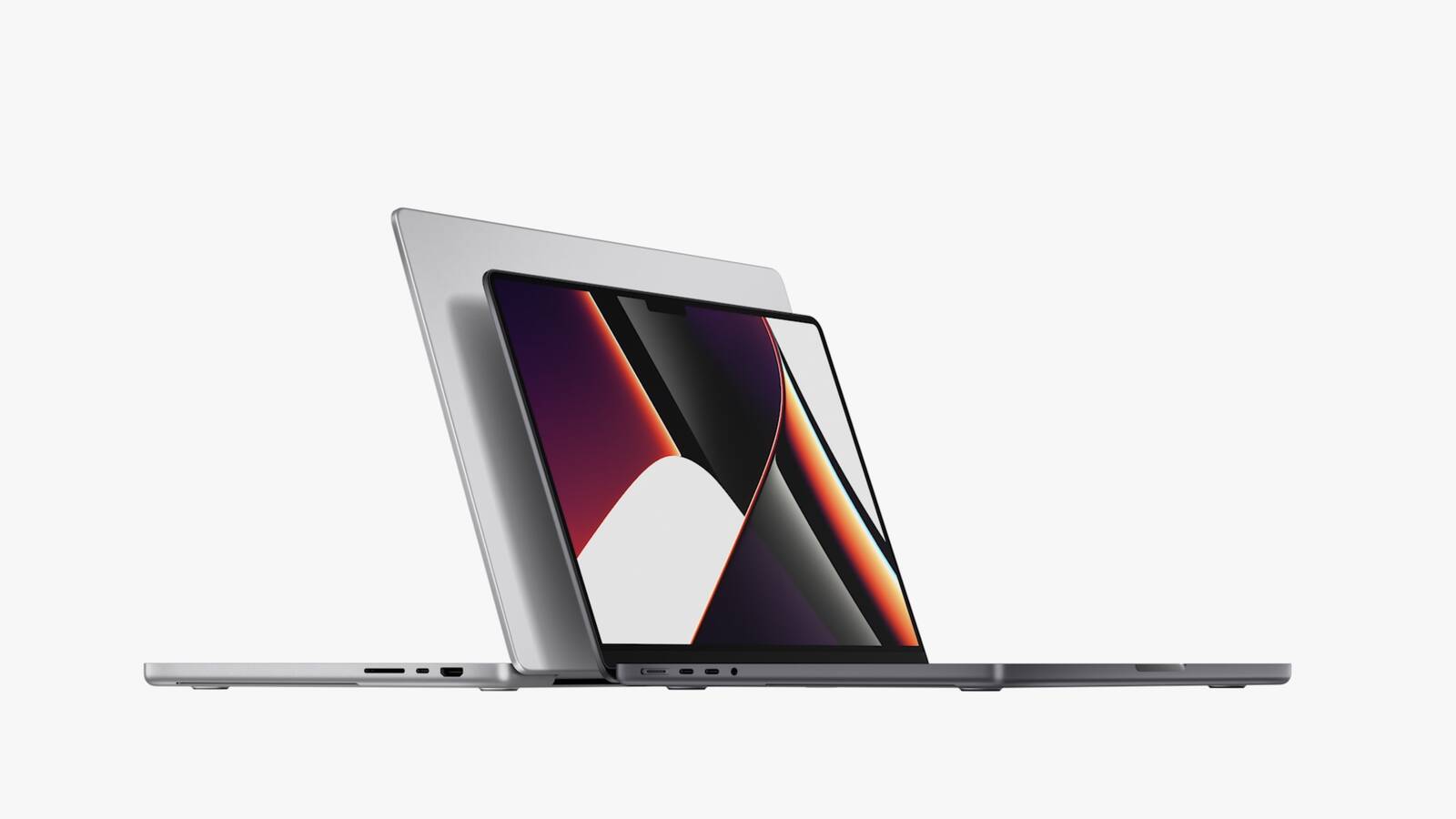
The 14-inch MacBook Pro is clearly a more portable machine than the 16-inch model, so if you intend to carry the MacBook Pro around frequently or need the versatility of easily fitting it into a bag, the smaller model will be the better option. Buyers of the 14-inch models are not missing out on any major MacBook Pro features, and gain the ability to fast charge using one of the machine's USB-C/Thunderbolt 4 ports. As a result, most users will be better off buying the 14-inch model, with the machine offering the best overall balance of price and form factor.
Article Link: 14-Inch MacBook Pro vs. 16-Inch MacBook Pro Buyer's Guide
I use Vectorworks and TwinMotion (and photography with huge files from my 850). Short of a Mac Pro, the 16" looks like the best fit. I currently use a MacBook Pro (15-inch, 2018), with 32GB memory and 2.9 GHz 6-Core Intel Core i9. My eGPU is an AMD Radeon Pro WX7100. Plus three 27" monitors. It sounds like a plane taking off when I push it.
This is not enough for larger models. Either get the maxed out 16" maxed or wait for the super-Mini, the smaller pro, or do nothing.
I can't test the 16" with my software. When I can, I will be able to make a decision.
After lusting after the M1 Pros since their debut, and reading or watching just about every review on them, I purchased a 14 inch Base Model which is an upgrade for my 2015 and 2017 MacBook Pro 15.4 inch. I selected the 14 over the 16 inch primarily because of the weight and balance which I equated with the smaller size. The 2015 and 2017 always felt somewhat unbalanced or awkward in my lap so I primarily used them as desktop computers. Additional factors were adequate screen size (I thought the 13 in was too small) and performance for my needs (primary use is MS Office applications). 10 days into the purchase I began to second guess my choice, primarily on screen size and as a second monitor for my external display so I purchased a 16in to try out. The extra screen size was really nice as well as the slight improvement in sound quality. For my use, I did not notice any performance difference between the 14 and 16 in. Another important observation was that, as opposed to my 2015 and 2017 MacBook pros, the 16 inch though slightly heavier than both felt balanced in my lap which was a key decision in selecting the 14 inch. Another observation was that the keys were slightly quieter during typing on the 14 than the 16 inch. It was a tough decision but in the end I decided that the 14 inch adequately met all my needs and decided to return the 16 inch. Though cost was not a factor in my decision, the $500 savings will be used to upgrade my phone and purchase desktop accessories. Apple really did a brilliant job with these.
A the bezels are so thin now, I wonder why there does not seem to be a market for a larger MacBook which could still fit into a standard size cabin bag. With such thin bezels, an 18 inch MacBook could have about the size of a other 17 inch notebooks. People who want to use it as their main computer, as it has more power than most desktops anyway, would love to have a larger screen. An 18 inch model could cost another $500 more than the 16 inch model and many people would still buy it.
14" fast charges both with magsafe and usb-c but the 16" fast charges only through magsafe? I don't want that garbage proprietary charger, so I guess I just saved a lot of money. Unless they can get the magsafe charger to get the computer from 0 to full in less than 5 minutes I'm not interested in that. And even then I'd only use it in an emergency. USB-C ftw.
I just wonder what happened to Apple's claims about being eco-friendly and wanting to reduce electronic waste? Is the new magsafe compatible with the older magsafe chargers I have? I doubt it. Is anything else on this planet compatible with that charger? What, no? How surprising.
This info is somewhat misleading. Both can fast charge using USB-C PD. But USB-C PD caps at 100W. You can still use USB-C on the 16-inch, it will just cap at 100W instead of 140W which is mostly fine in most scenarios.
Well, they have plenty of fan reserve. Manually setting the fans of the MBP16 to max, it's louder than the previous Intel generation. The M1 Max just never ramps the fans up that high, even under full CPU and GPU load. We all knew the M2 would get hotter and if they have the reserve to crank the fans up higher, that's what they'll do to save a little. Five years from now, we'll be back to Intel noise levels, with much better performance. 
That's a weird way of saying the 14" has a smaller battery. They both can charge with up to 100W over their USB-C ports.If you require the flexibility of being able to fast charge via USB-C, you will need to buy the 14-inch model to have this functionality.
The question that is in the back of my mind - when will we experience a slow down or performance issue on our M1 series. I have the M1 Max, and she's a rocket. I also have a 2019 Intel MacBook Air. the MBA is getting slower and slower, of course I know the issues with that processor. Just wondering what will happen to make us want to get rid of our M1's - 5 years? 7 years? How will Apple get me to want to swap this thing out?
I lugged around a 2011 17” MB Pro for 7 years. I think the 16” will be fine.
TheYayAreaLiving 🎗️
Suspended
I want Apple to release a 17” MacBook Pro. It would be nice if it makes a comeback in the near future.
Why not get the Air?I have also 2019 Macbook Pro 13.3 inches and was thinking about upgrade to 14 inch. It is so powerful that now it seems like an overkill for my modest needs (i want portability and long battery life). But I also would want new MBP's incredible battery life...
It’s thinner, lighter, will best your old 13 MBP in pretty much every task, in some cases has a longer battery than the 14 inch pro (12 hours of web browsing on the new 14 Pro compared to 15 on the new air) and, of course, is cheeper.
Edit: I did not realize this was just a year and a half old article being ran on the front page, my mistake
Last edited:
Actually the 14 inch just has a lower spec base model. The entry 16 inch has the same specs as the medium 14 inch model. The difference is 230.The 16-inch MacBook Pro is $500 more than the 14-inch model, so you should be sure that you need the additional display area, battery life, and perhaps even High Power Mode support to justify its higher price.
My situation and my use case exactly. I'm watching WoA and other virtualisation options very carefully.I literally just got a 2019 16" a few days ago (used) and I plan on having it for the next 2-3 years. As of now I still rely on Windows VM's and Bootcamp a lot, but man am I excited about the 14". I've always liked the smaller form factor but always needed the power of the bigger models. I'm so excited the more portable option is a no comprmise performance monster like it's big brother. I love where Apple is going. I really hope official Windows ARM comes along so I can run it in VM's and x64 emulation in said VM's. (Not ever expecting bootcamp/dualboot) If that happens it will be a no brainer for my next laptop to get one of these or the next gen version.
I made the jump to a 14" and am thrilled with it, best laptop I've owned. WindowsARM via Parallels has been fantastic. I've only run into one thing giving me issues and that was some goofy powershell addonMy situation and my use case exactly. I'm watching WoA and other virtualisation options very carefully.
It's been a couple years now, so I'm curious, or those who have made the jump from Intel 16" to the M1 Pro/Max or M2 Pro/Max 16", what are your thoughts on the increase in size and weight? Has it been noticeable over the last couple of years or have you all gotten used to it? For those that down-sized to the 14", anyone miss the 16" and moved back to the larger form factor?
When comparing specs, it's only .02 inch thicker and .5 lbs heavier. That said when I picked up the 2023 16" in store the other day, it felt significantly larger/heavier.
When comparing specs, it's only .02 inch thicker and .5 lbs heavier. That said when I picked up the 2023 16" in store the other day, it felt significantly larger/heavier.
Love these 22 hours of battery commercials/specs (on 5% brightness, use just safari HTML-based webpages, and don't breath in between page refreshes...); but in reality, my M1 laptop PRO 16" never survived past 5-6 hours of just web browsing on realistic brightness and daily usage (not video/photo editing).
Yes. The base 14” has a binned SoC. (Yeah, i know that technically all chips are binned, but you know what I mean)Isn't the price difference(with identical specs) $200, not $500?
Not impressed with the weight, especially the 14", a step backwards. I just can't understand why the Mac mini was not updated with these new chips as well. That is what I'm waiting for. Still waiting on a non-experimental native silicon gfortran and Matlab -- 1 year later. Hopefully now that the intel is almost out of the Apple line-up, Mathworks will get the fire lit under them to hurry up. I suspect it all has to do with their numerical libraries being Fortran based.
There is MacBook Air M2 for lightweight.
Register on MacRumors! This sidebar will go away, and you'll see fewer ads.


